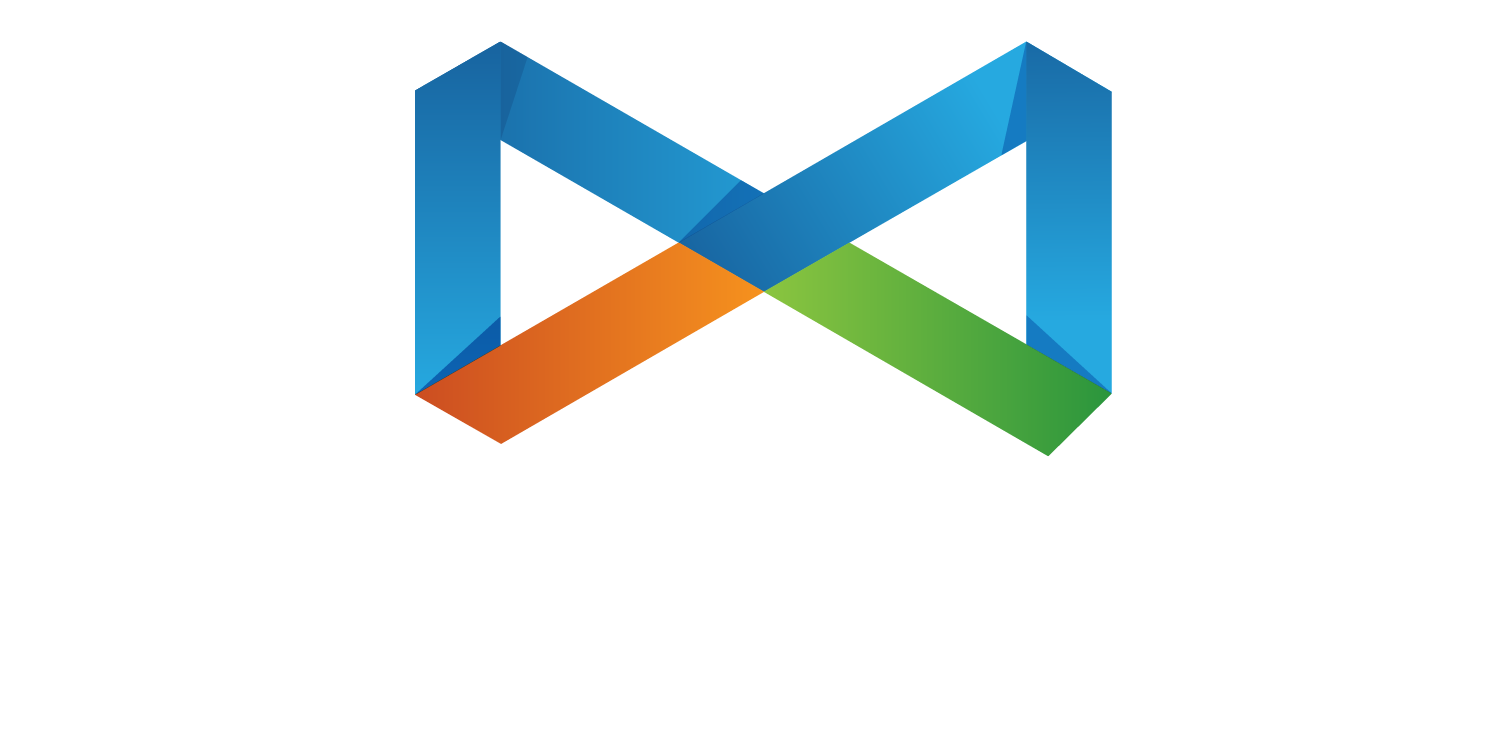Unless people have been living in a cave or on a deserted island, they have not missed the explosion of digital marketing. Every time you get online, you are bombarded with advertisements; and when you access your social media accounts, it is even worse. If you have conducted a search for a specific product or service, for example, all of a sudden, ads for this type of product pop up in your feeds. Obviously, your behavior is being watched and noted.
This is all due to big data technology, something that is impacting virtually every sector of the economy. Oceans of unstructured data can now be gathered from all over the web and then organized and categorized, in order to answer questions businesses have about consumer behaviors, needs and wants, and then be used to predict what products and services should be developed and offered. It is based upon science, not “gut” feelings. The implications for marketing are explosive.
And no marketer can ignore the significance of using social media for their efforts. But using social media involves staying current on the latest technologies that will capture target audiences too. It is no longer enough to be on several platforms to promote products and services. Using data science to understand an audience, to know where and when they are online, and what type of content they want to see is critical.
Beyond data science, there are other digital trends that are also transforming marketing. Here are three of them:
1. Chatbots
Chatbots have been around for a long time. They are used via text, voice and messaging. One of the most successful early bots was Poncho, the Weather Cat.
He was developed by a small team, and the purpose was to give daily text weather forecasts to users anywhere in the world, in response to user requests, combined with lots of humor, horoscopes for a while, and social games.
Businesses took up this technology and began to add it to their websites, primarily to answer the most common questions that visitor’s must-have. A prime example is writing services, which students often use for assignment help. One look at the top-rated writing agencies at PickTheWriter will demonstrate the use of these types of bots.
But we’ve come a long way since then.
Enter artificial intelligence. Anyone who has used Alexa has experienced this. Bots are programmed to “learn” through natural language processing technology, so that they become “smarter” through continued use, as they provide more complex answers/solutions to their users.
What does this mean for marketing? A lot, actually. When customer inquiries and product searches are tracked through chatbots, it allows those bots to send out personalized push notifications regarding products/services in which they have shown interest; it allows suggestions for additional “upsells” to be made; and it allows automated yet personalized customer service, which is more and more becoming an integral part of marketing. When customer questions, problems, issues are resolved, they become loyal to a brand.
2. Voice Search
People are busy. And they are on the go a lot. They are on their mobile devices more than on PC’s now, and typing in search terms is no longer convenient or practical (those tiny keyboards). Fortunately. Google and Siri have that covered. Users can search for anything from a nearby Greek restaurant to ceiling light fixtures and get immediate results.
But there’s the thing about voice searches.
They are a huge challenge for businesses. Voice searches do not give pages and pages like a PC search does. It becomes even more important for digital marketers to ensure that their company is among the top results. It means that content must do the following:
No more single-word keywords. Users search in longer phrases and full sentences, and those must be incorporated into the content.
Content must reflect the natural conversational language and use vocabulary that your target audience uses. The vocabulary used by a senior citizen may be quite different from that of Generation Z users.
Content must absolutely solve a problem or answer a question that a target audience will have.
3. Incorporation of Blockchain Technology
Blockchain technology is already transforming huge segments of the economy because it creates immutable records and documents. This prevents fraud and theft and is the most secure environment for storage to date. Consider, for example, how an international shipment may go through several “hands” on its way to a destination. All along that way, there is the potential for theft or loss. Blockchain will track that shipment through all of these points and record its contents at each stop/transfer. Blockchain also provides permanent secure storage of medical records, voter registrations and identity, financial transactions, legal contracts, and more.
So, how does this impact digital marketing? Consumers are far smarter and far more wary of providing a lot of personal information when they do business on the web. And they want much more control over how their personal data is used by advertisers (sold, rented, exchanged, etc.). When businesses incorporate blockchain into the “mix,” it is the consumer who decides when that information can be shared with any others, not the business. This increases trust.
And there is also the benefit of blockchain for marketers who use paid advertising. Through blockchain, they are able to track all of their ad dollars and confirm exactly who is viewing those ads, when, and how (and there are real people, not bots being “counted”). The point is ensuring that a target audience is actually reached.
There’s More…
In addition to the use of big data, covered in the introductions, these three trends are big, as far as the technology that should be incorporated. Another huge trend is the use of the augmented and virtual reality that will give consumers experiences with products and services.
But new technologies are not the only key components of digital marketing. There are many non-tech trends too, and marketers would be well-advised to stay current on those as well. Just a few of these involve storytelling, feature advantages benefits selling (FABS), use of media, and promoting relationships rather than products.
Digital marketing, in total, is a complex and challenging effort if it is to be successful. But it is the one thing that will bring consumers to a company’s doorstep and beyond. No marketer can become lazy in a crowded and constantly changing space.
About: Angela Baker
Angela Baker is a self-driven specialist who is currently working as a freelance writer at WoWGrade writing services and is trying to improve herself and her blogging career. She is always seeking to discover new ways for personal and professional growth and is convinced that it’s always important to broaden horizons. That's why Angela develops and improves her skills throughout the writing process to help to inspire people. Also, she writes for LiveInspiredMagazine, rounding out her professional writing career.











